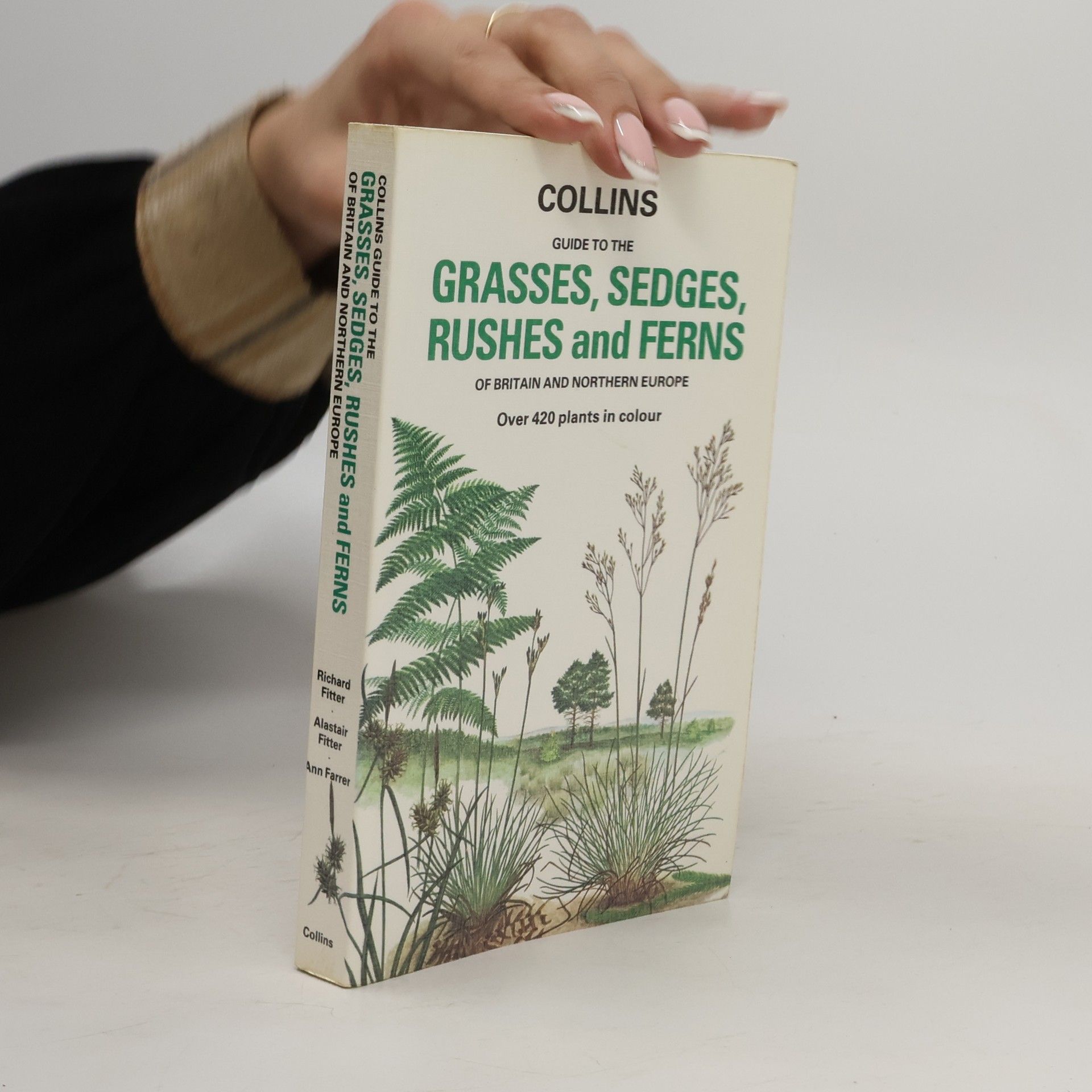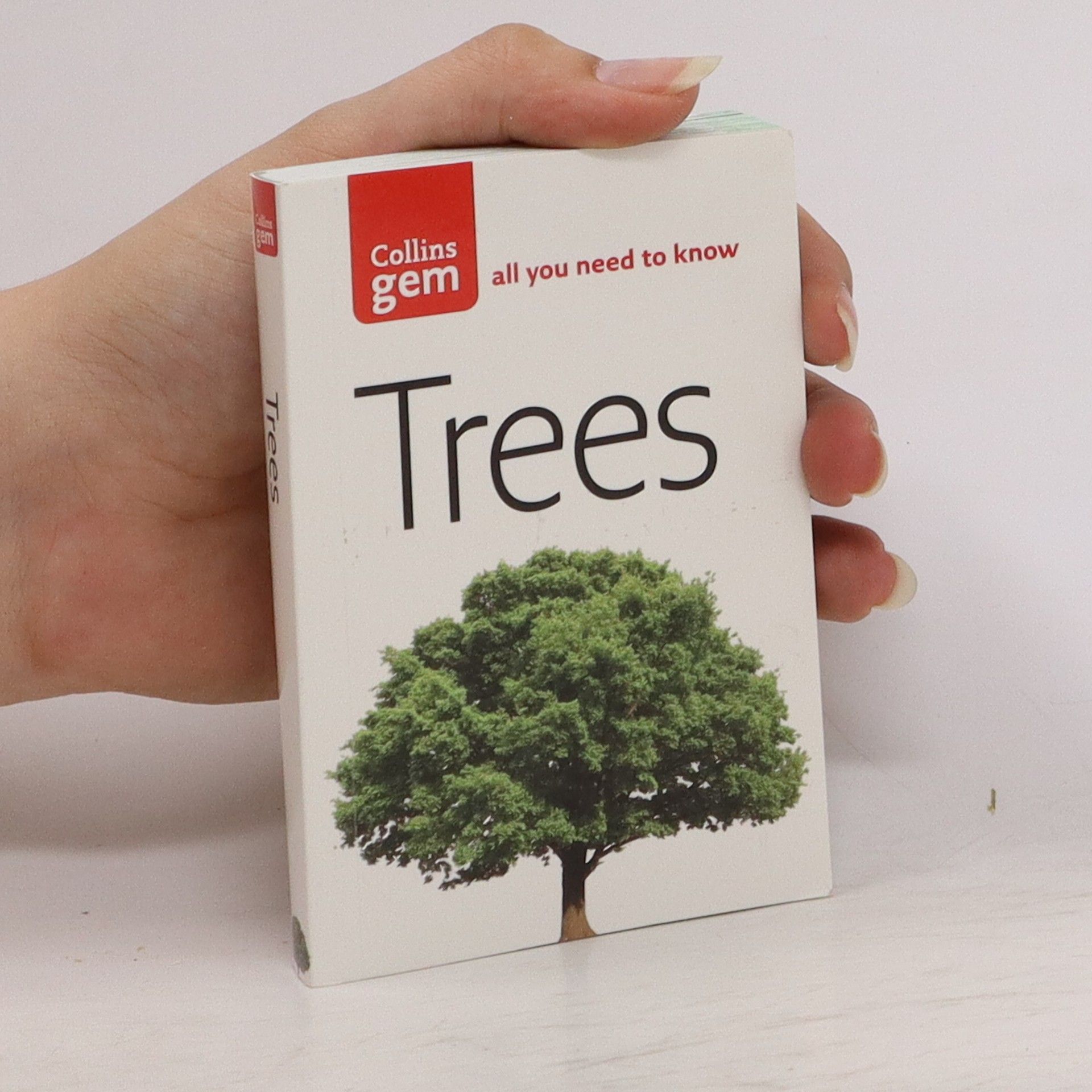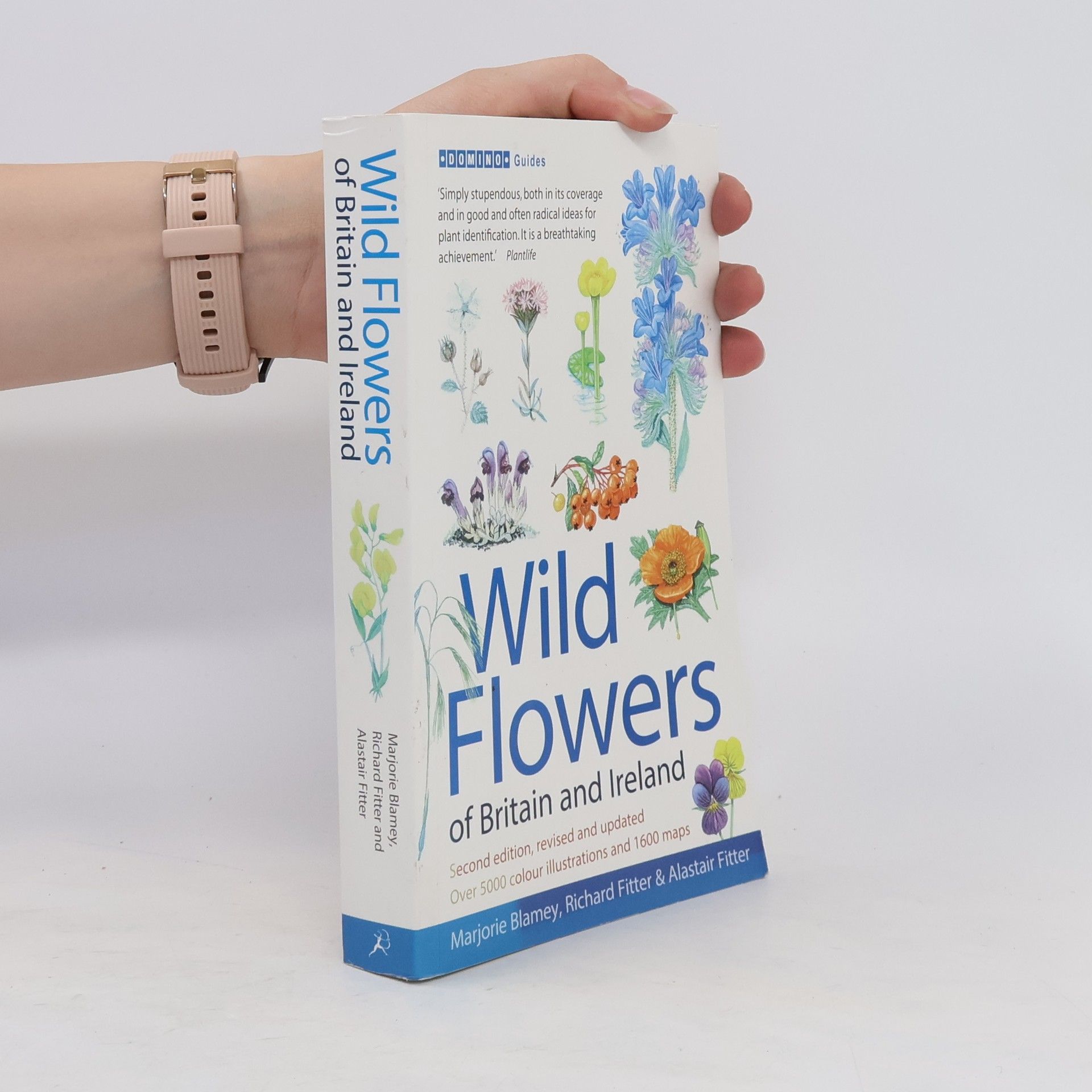Cet ouvrage est d'abord un guide d'identification. Il donne une multitude d'informations sur l'aspect, les caractères spécifiques, les modes de reproduction, les époques de germination et de floraison, la distribution, l'habitat et la nature du sol où pousse chaque plante à fleurs. Plus de 1100 fleurs sauvages sont illustrées par des dessins en couleurs. 311 autres espèces, voisines de celles qui sont dessinées, sont également décrites par un texte qui en souligne les spécificités. C'est aussi une mini-encyclopédie sur la biologie et les différentes phases de la vie des plantes. Pourquoi cette espèce n'est pas plus grande et pourquoi ne la trouve-t-on que dans certaines régions ? Pourquoi produit-elle tant de graines alors que telle autre en a si peu ? Pourquoi vit-elle seulement une année alors que d'autres tiennent deux ans ou davantage ? Cet ouvrage répond à toutes ces questions que l'on se pose souvent sur le terrain. Les explications facilitent la compréhension des phénomènes observés et permettent ainsi une meilleure observation des différentes espèces.
Alastair Fitter Livres






The is the first fully-illustrated and fully-mapped guide to the British and Irish flora, covering more than 1900 species. Its restriction to the British Isles alone allows far more detail and more local information, and identification is made easier with the inclusion of maps for most species. Specific details about plants appearing in certain areas and accurate maps are designed to make location and identification easy, and this book also includes details of local specialities for the Isles of Scilly. Also featured is an illustrated survey of recently disappeared British and Irish plants, some of which may return.With over 5000 detailed colour paintings and more than 1600 maps, this is the most extensively illustrated wild flower guide to Britain and Ireland yet. Coloured, boxed keys to plants in complex or difficult groups are provided to assist identification. The Wild Flowers of Britain and Ireland also features information about grasses, which are often omitted in other, shorter books, along with sedges, rushes, horsetails and clubmosses. Ferns, though not strictly speaking flowering plants, are also included. This new edition is fully revised to take into account recent taxonomic changes, as well as changes in status and distribution.
Wild Flowers by Colour
- 208pages
- 8 heures de lecture
By organising the species by their colour group first (and by family within that colour group), this guide enables those less familiar with flower taxonomy to quickly and easily find what they are looking for - a great improvement on the often-frustrating business of trawling through a conventionally-organised guide.
Trees
- 240pages
- 9 heures de lecture
The unrivalled beginner's guide to identifying the most common species of tree in northern Europe. This is the perfect pocket guide for anyone who wants to identify those deciduous or evergreen species they may come across on hill or in dale, in the town or in the countryside. For each tree included in the book, there is a wealth of both textual and visual identification information. Remarkably detailed illustrations show not only the overall shape of the tree but also details of leaf shape, flowers, fruits, and bark. There's also information on the origin of each species, its height, preferred habitat, and growing conditions. Illustrations of cones, catkins, nuts, and fruits allow you to distinguish between similar species at a glance. The introduction covers the life cycle of trees, the establishment of woodland, people's relationship with forests, and how to go about identifying trees, plus the all-important question—what exactly is a tree?
This is a photographic guide to the wild grasses and ferns of Britain and Northern Europe.
Environmental Physiology of Plants
- 367pages
- 13 heures de lecture
This third edition of a renowned university textbook updates its content while maintaining its original structure and philosophy. It offers a unified treatment of toxicity, addresses global change, and includes a new section on fire's role in plant physiology. Enhanced illustrations and an improved reference list further enrich the text.
A comprehensive guide to wild trees, shrubs and flowering plants covering the whole of Britain and Ireland, plus Europe from the Arctic to the Alps. nearly 2000 species are described, and 1450 are illustrated in colour.


